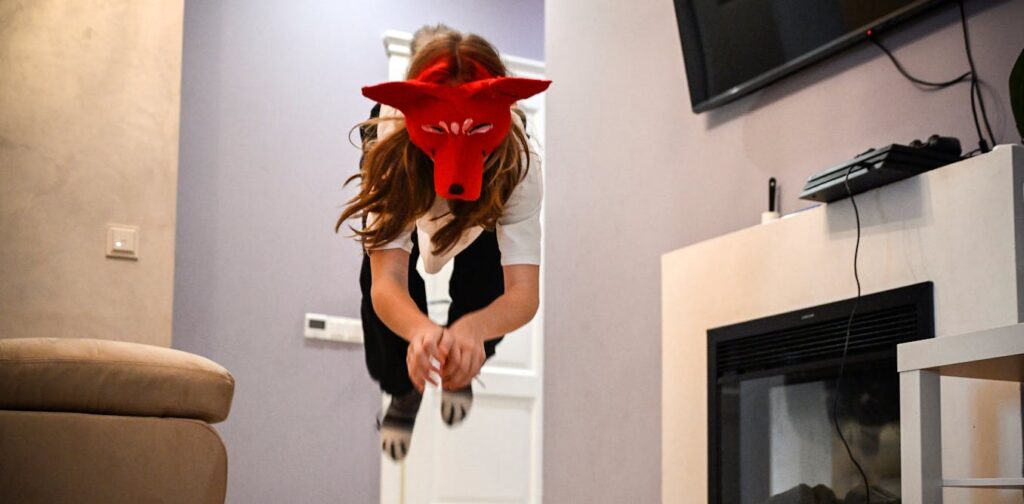
A new fitness trend known as quadrobics has emerged, capturing attention across social media platforms. This unique form of exercise involves individuals moving on all fours, mimicking animal motions. Advocates claim that quadrobics enhances strength, mobility, and even offers a spiritual connection to nature. While the trend is gaining traction, questions arise about its efficacy as a workout compared to more traditional forms of exercise.
The term quadrobics, derived from the Latin word quattuor (meaning four) and aerobics, refers to rhythmic movements that engage the body’s large muscle groups. Although it has become a viral sensation, the origins of quadrobics can be traced back to 2008 when Japanese sprinter Kenichi Ito set a Guinness World Record by sprinting 100 meters on all fours. Since then, records have continued to fall; in 2022, American Collin McClure completed the sprint in 15.66 seconds, followed by Japanese runner Ryusei Yonee, who broke the record again this year with an impressive time of 14.55 seconds.
Quadrobics has sparked a growing online community, particularly among younger users. In countries like Russia, subcultures of “quadrobers” have emerged, blending this fitness trend with costume play. Participants often don animal masks and can be seen crawling through outdoor spaces. This phenomenon is closely linked to the therian community, individuals who identify as non-human animals. For some therians, quadrobics serves as an embodiment of their identity, although it is essential to distinguish them from the furry fandom, which focuses more on anthropomorphic characters and personal avatars.
The popularity of quadrobics has not been without controversy. In Uzbekistan, authorities issued warnings to parents regarding their children’s participation in quadrobics, equating it to parental neglect. Additionally, Russian politician Vyacheslav Volodin criticized the trend, attributing it to a “dehumanisation project” influenced by Western culture.
While quadrobics emphasizes movement and physical fitness, it is part of a broader trend towards “ancestral” or “primal” wellness. This category includes various practices such as paleo diets and ice baths, all promising a reconnection with nature. Mainstream health sources have begun to recognize quadrobics, highlighting its potential benefits in training major muscle groups and improving coordination. Enthusiasts often demonstrate exercises like bear crawls and leopard walks, which have long been used in fitness routines.
Some practitioners report tangible benefits, including improved fitness levels and weight loss. Research suggests that quadrupedal movements can enhance balance, flexibility, and core stability. The rhythmic nature of these exercises can also elevate heart rates, contributing to cardiovascular health.
Despite the enthusiasm surrounding quadrobics, it does have limitations. The reliance on bodyweight resistance means that its effectiveness in building strength and bone density may not match that of traditional weightlifting, which allows for progressive overload. Moreover, while quadrobics can provide an aerobic stimulus, it requires a significant level of skill, making it challenging to sustain for long periods at high intensities. Traditional exercises like running may offer superior cardiovascular benefits.
As with any physical activity, quadrobics carries potential risks for injury. Practitioners should allow their muscles and joints to adapt to the new movements, particularly in the hands, wrists, elbows, and shoulders. Beginners are advised to start slowly and monitor their body’s response after each session.
Overall, while quadrobics can enhance stability and flexibility, there is insufficient scientific evidence to establish its superiority over conventional exercise methods. It may serve as a supplementary activity rather than a replacement for established training regimens. The current social media phenomenon surrounding quadrobics leans more towards entertainment and visual appeal, capturing audiences with its unique performances rather than offering definitive health benefits.
In summary, quadrobics is a fascinating trend that combines fitness with playful expression but should be approached with caution. As the trend continues to evolve, it remains to be seen how it will impact the broader fitness landscape.







